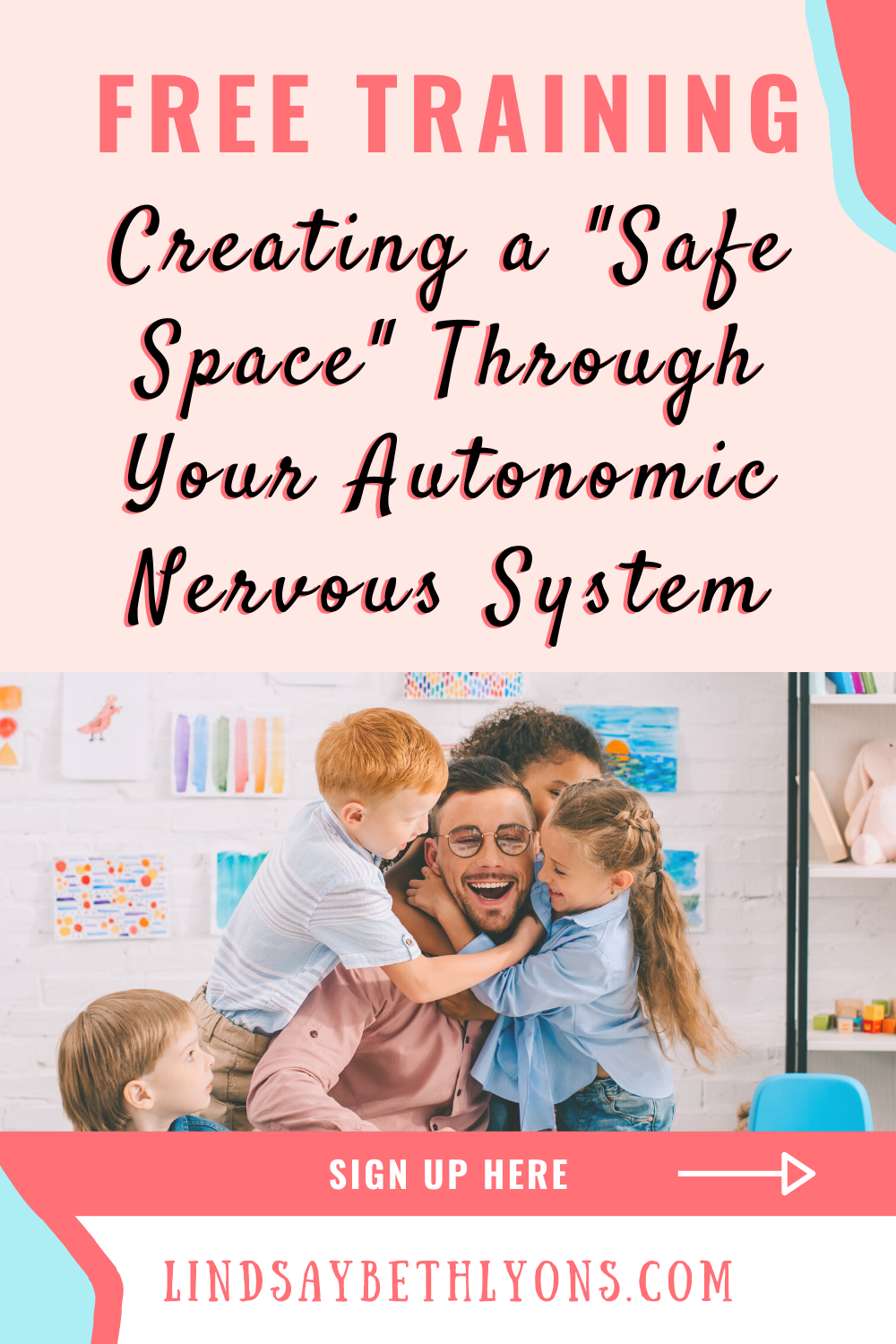 Listen to the episode using the above player or by clicking the link to your preferred podcast platform below: For those of you who haven’t heard any previous episodes with Dr. Cherie Bridges Patrick, she is the founder of Paradox Cross-Cultural Consulting, Training and Empowerment, LLC. She is a racial justice consultant, leadership coach and psychotherapist. She works with social workers, counseling professionals, educators, and organizational leaders. And she uses a trauma focused lens in her work to build leadership capacity for racial justice. Cherie holds a PhD in leadership and change, and her research is in racism, denial, discourse, racial justice, social work and the helping professions like education. Healing Brings Us Closer to Justice Dr. Cherie Bridges Patrick is so inspiring for her continuous work in healing as a means of social justice. She knows that getting to justice comes from multiple avenues. She was particularly drawn to what healing could do for people dealing with intense feelings and trauma after experiencing racism, violence, discrimination, and more. She said healing is a necessary step in order to get to liberation because you can’t truly enjoy liberation for yourself if you aren’t healing from all the systems of oppression that seek to control you. Trauma & Polyvagal Theory One fascinating topic that Dr. Patrick has studied lately is polyvagal theory. Polyvagal theory, developed by Stephen Porges, is a theory that the vagus nerve serves an important role in emotional regulation, social behavior, and fear response. Trauma has a connection to this nerve, and our nervous system overall, because of the way that trauma shapes us and our communication with others. When someone has trauma, they feel a loss of safety which can prevent them from being able to open up to others. The challenge for teachers, parents, and community members is helping create the conditions for those individuals to feel safe not just in the environment, but in their presence. “When we can understand our own sense of safety, when I can feel safe in my body, in my skin, my nervous system is regulated...that is what I can do to contribute to safety. Stephen Porges talks about how safety is not just the absence of threat, it is the presence of cues of safety. Right, and so that means we have to understand the cues of safety—the cues that can contribute to people feeling safe and then be able to embody those.” How to Be Someone That Signals Safety It’s time to rethink that notion that we can create a “safe space” for others. It’s not for us to decide if an environment/group feels safe, right? What we can work on is our own discourse and body language. This requires us to get in touch with our own nervous systems. Paying attention to your breathing, intonation, and more is a great practice that will help you and your fellow school community. Bringing awareness into your body as you navigate through the day could help you figure out what things get you from one state to another. Drinking some more water, doing deep breathing, massaging your muscles, getting out of limiting beliefs—these are all potential ways you could enter into a different state with more calm and ease. Teachers and leaders have the opportunity to co-regulate with students and display cues of safety that students will need to perceive if they want to talk about trauma and injustices. If you want to start striving for this today, learn more about your autonomic nervous system. Get a good idea of how it functions. Then you can read about the body’s three main responses that are dependent upon the input that the brain receives from the situation/environment around a person. To dive deeper into learning how to engage students, I have great news! You can register for my free 1 hour masterclass HERE or below. For more, check out my Curriculum Boot Camp course or the “Just the Protocols” module now so you can create your own project-based units grounded in justice in no time at all! Continue the conversation below in the comment section and join our community of educational visionaries on Instagram, LinkedIn, and Facebook. Until next time leaders, continue to think big, act brave, and be your best self.
0 Comments
Leave a Reply. |
Details
For transcripts of episodes (and the option to search for terms in transcripts), click here!
Time for Teachership is now a proud member of the...AuthorLindsay Lyons (she/her) is an educational justice coach who works with teachers and school leaders to inspire educational innovation for racial and gender justice, design curricula grounded in student voice, and build capacity for shared leadership. Lindsay taught in NYC public schools, holds a PhD in Leadership and Change, and is the founder of the educational blog and podcast, Time for Teachership. Archives
May 2024
Categories |





 RSS Feed
RSS Feed